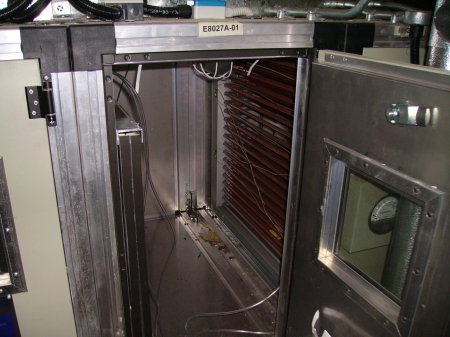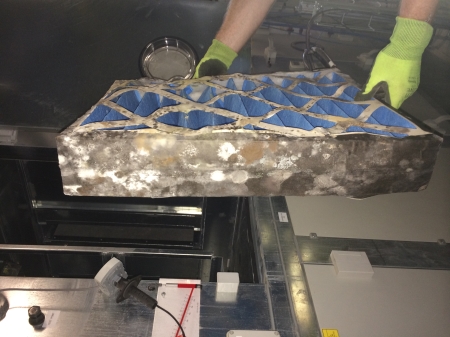As a result of dire finances, hospitals have difficulty replacing, maintaining and upgrading machinery. This article explores how hospitals adapt when funding is lax and what utilising older hospital equipment means for patients and staff members
Millions of patients in Europe contract infections every year following an operation or hospital treatment, proving fatal for thousands.
According to recent research, it is estimated that one in every 20 patients catches an infection during their time in hospital.
A key form of defence for a hospital is its ventilation system, which is critical in helping to reduce infections acquired during surgery and while in recovery.
To guarantee ventilation systems are compliant with the Health Technical Memoranda (HTM) 03-01, hospital estate managers must follow the guidance and advice on best practice.
Jerry Slann, director of occupational hygiene at the Institute of Occupational Medicine (IOM), said: “Effective ventilation is vital as substandard systems, or problems with air filtration, could result in a high level of potentially-harmful microbiological organisms being present during procedures.”
And he warns that healthcare workers could also be exposed to risk in the workplace if air quality is compromised.
“Regular verification and testing of ventilation systems is essential in order to identify potential faults,” he said.
“Consistent checks can also help to identify conditions where harmful bacteria, such as Legionella, could be present.

Installation debris was found in this air handling unit after handover
“For example, ponding water and poor air circulation provides the ideal conditions for bacteria to grow. The circulated air can then collect contaminated water droplets and transport it through to an environment where it could be inhaled.
“Compliance with the Control of Substances Hazardous to Health (COSHH) Regulation must also be met. Failing to do so would be hazardous to the health of patients and employees and can impact on an employer in a number of ways.
“Firstly; the Health and Safety Executive (HSE) can insist on improvements, or halt the organisation until these improvements have been made.
“Secondly; employees falling ill subsequent to their exposure to hazardous substances, could make a claim against the employer.”
Many hospitals seek the help and advice of an independent company. The Institute of Occupational Medicine (IOM) has a team of experts that can help hospitals to manage the verification and validation of ventilation systems, perform site inspections, and provide training for internal staff on site.
Slann said: “The IOM will work with a hospital’s estate management team to develop a five-year plan to prioritise any necessary works needed to rectify failings.
“The comprehensive plan will advise on the best solutions to upgrade tired systems to optimise infection control, and the measures required to ensure compliance is met.”

Mouldy filters were found in this new air handling unit




